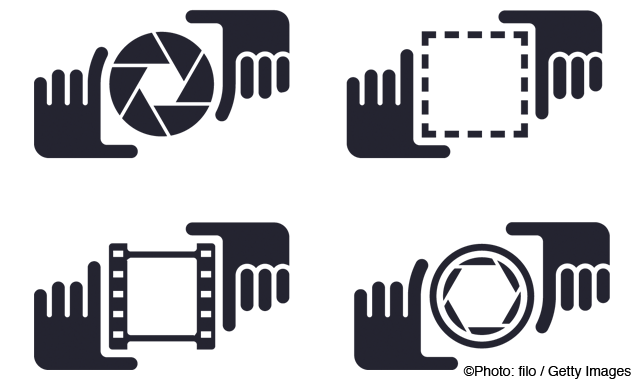The List: Top 5 tools to make a great dental video
Creating a video for use in your dental practice is a fun way to engage patients.

Creating a video for use in your dental practice is a fun way to engage patients.
Consider using these tools to take your video from good to great:
Camera
Most of you already have a perfect camera to shoot a great dental video-the DSLR you have to take your intraoral pictures. Ideally, you want a camera that has a medium-size (APS-C) or full-size sensor. The DSLRs most commonly used in dental photography have the medium-sized sensors. Camcorders are typically a little easier to use, but the picture quality you get for your money is much lower than what you actually get from a DSLR with the right lens.
DSLR lens with low f-stop
The most common camera lenses used in dental photography are macro lenses with a high f-stop range. This type of lens allows you to take a great photograph of a small area with great clarity of most structures in the picture frame. This is called deep depth of field in the camera world. In videography, and especially cinematography, it is usually much better to have shallow depth of field, especially when you have a subject in frame. With shallow depth of field, your subject will be very clear, but the background will look blurred out. This helps guide and hold the attention of the viewer to the subject. Consider purchasing a lens with an f-stop around 1.4.
Free on-demand webinar: Understanding medical billing and its relationship with 3D
External microphone
Many would argue that good quality audio is the most important factor that separates amateur video from professional video. You can get great quality audio without spending a lot of money. For example, a Zoom H1 costs around $100, and the quality of sound is exceptional. To use an external microphone, the best thing to do is to get a standard audio cord (same size as a headphone jack usually) and plug it in directly to your camera. When you record video, it will pull synchronized audio directly from the microphone.
Lighting
Many would argue lighting is as important as audio, or even more important, to make your videos look professional. When recording a patient testimonial, try to use as much natural lighting as possible because you can overwhelm a patient with lots of extra lighting equipment. Too much equipment will make the average patient more uncomfortable and less likely to give as genuine of a testimonial. For all of the other videos without patients, use as much lighting as possible. Consider replacing the fluorescent bulbs with LED bulbs before you start shooting.
Tripods
It is best to have two tripods to work with: One is for the camera, and the other is for the external microphone. You don’t need an expensive tripod unless you plan to get fancy and do some artistic camera moves. You can buy simple tripods for less than $30 that give you all the functionality you need. The lighting kits usually come with all of the tripods/stands you need to properly position the lights.